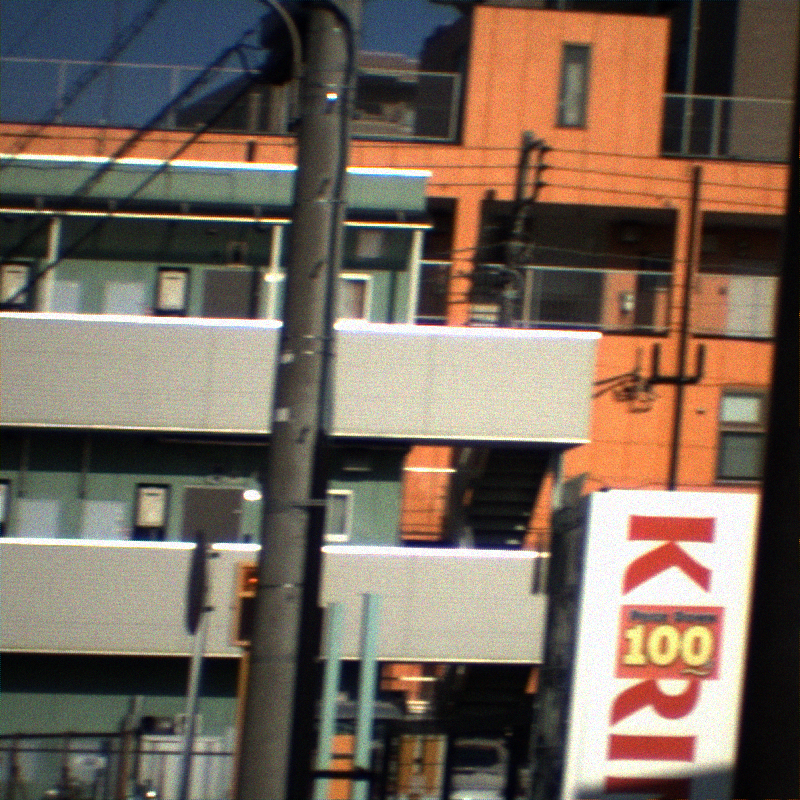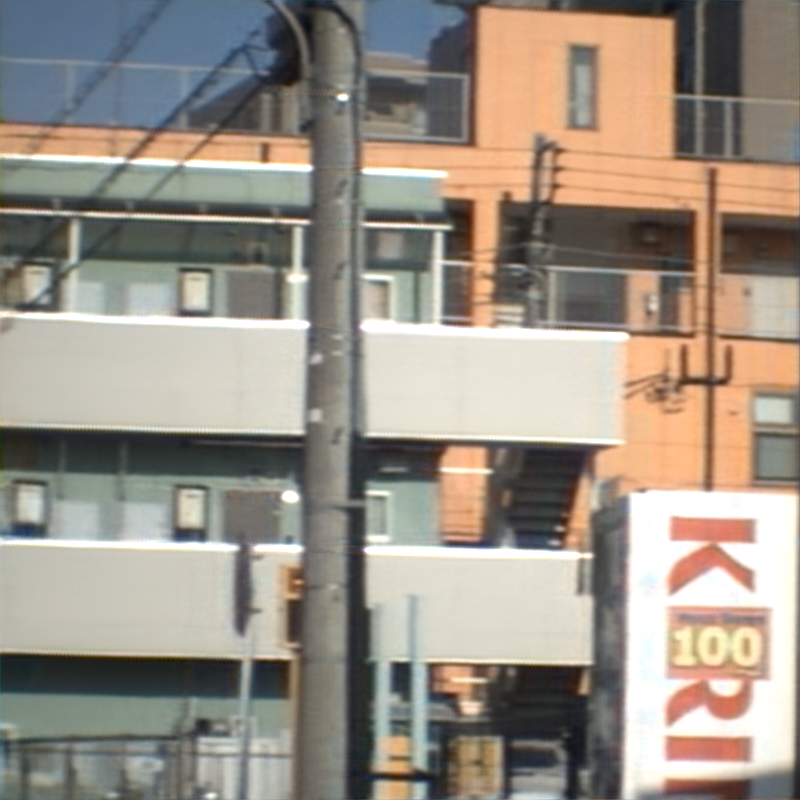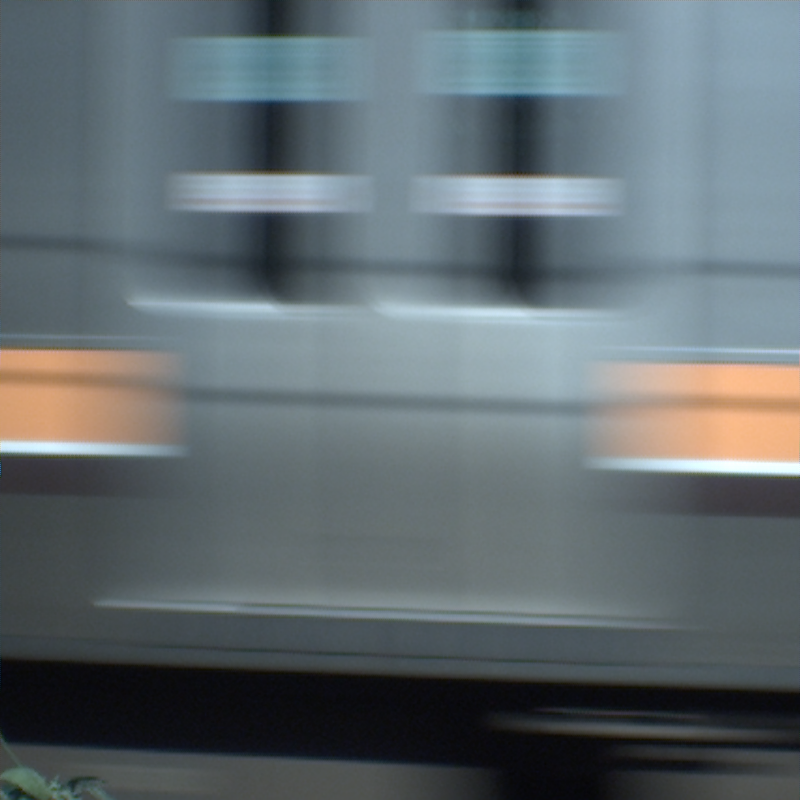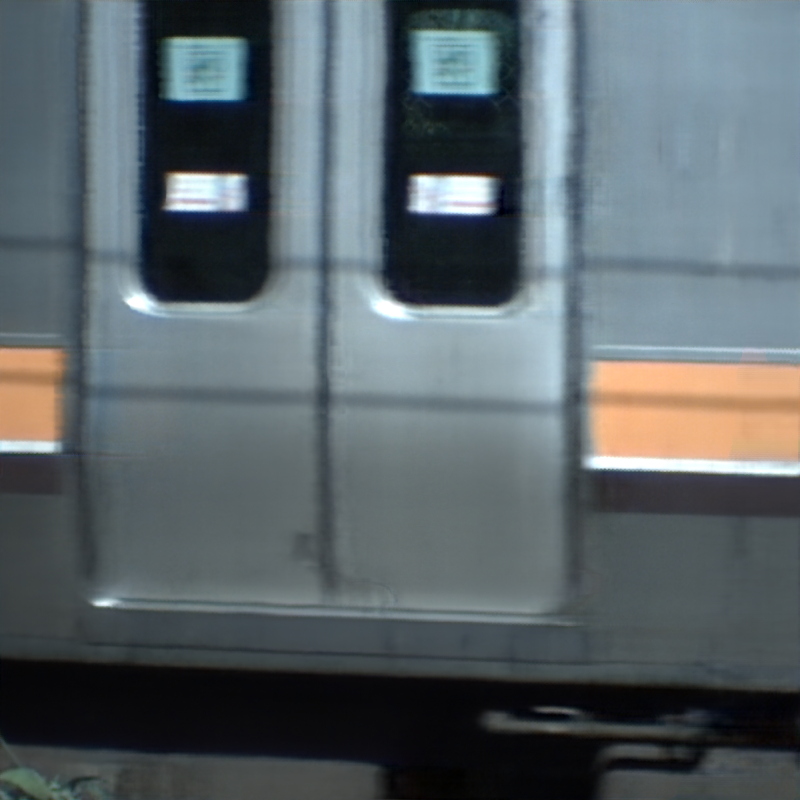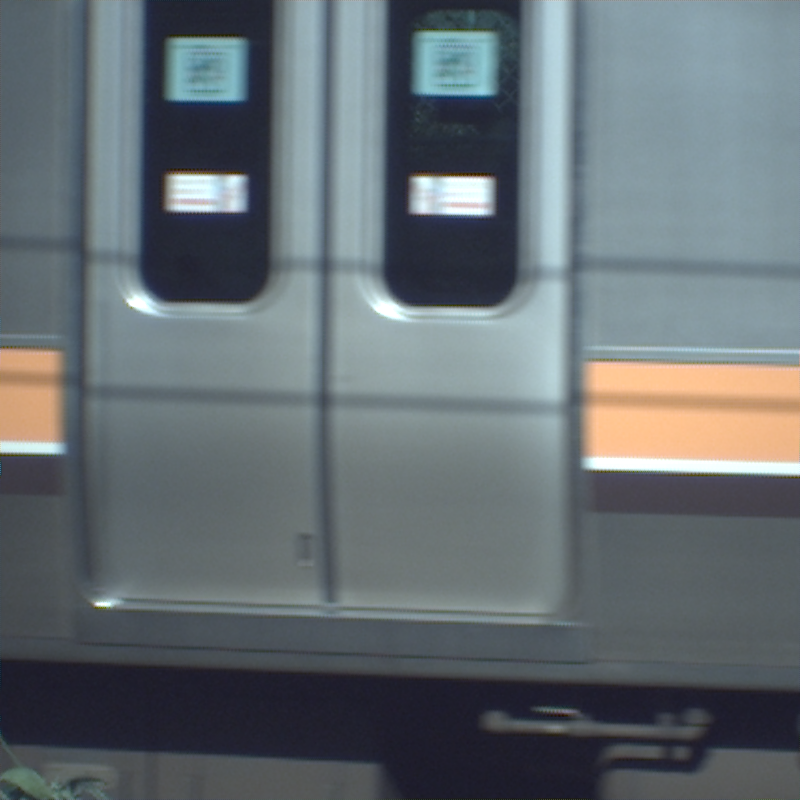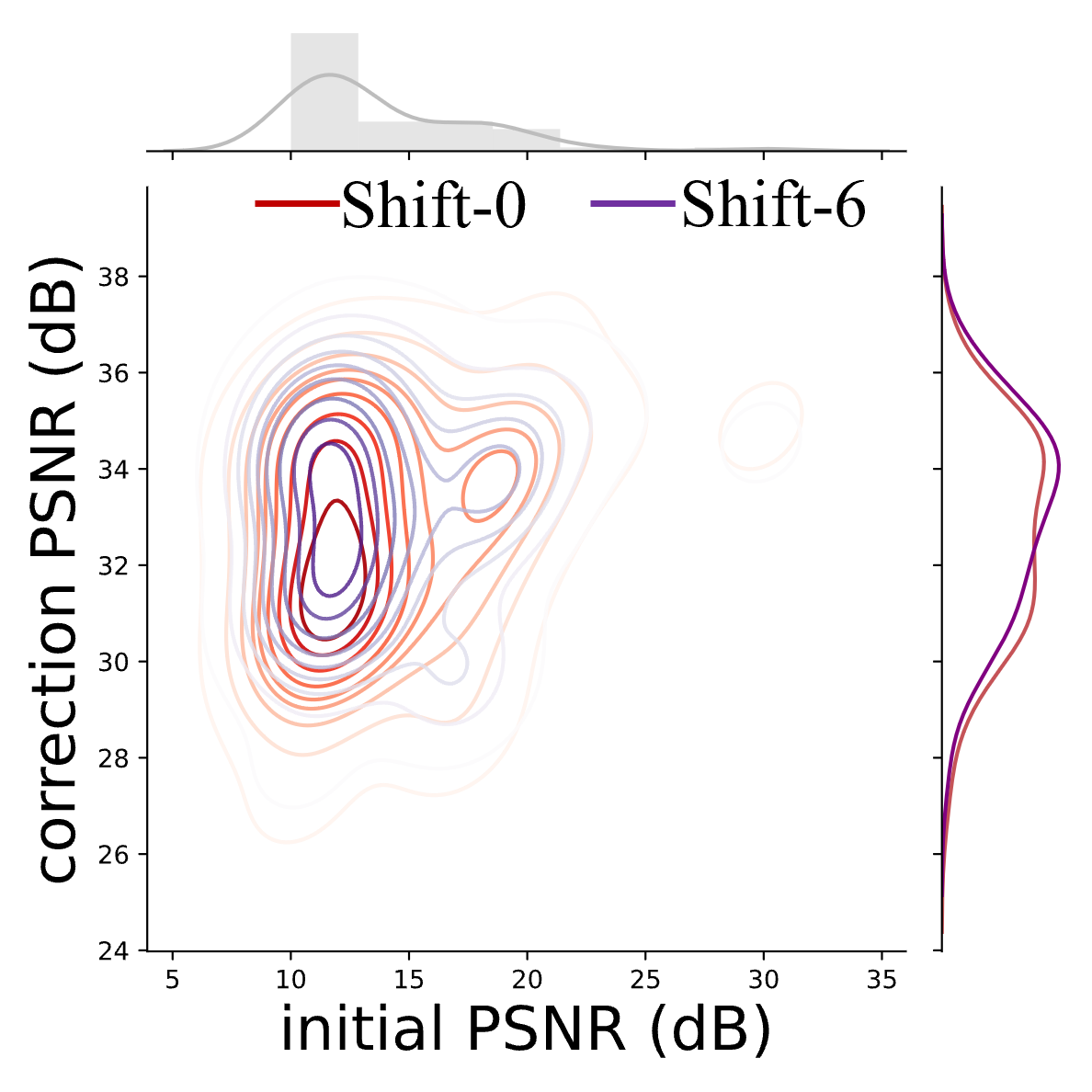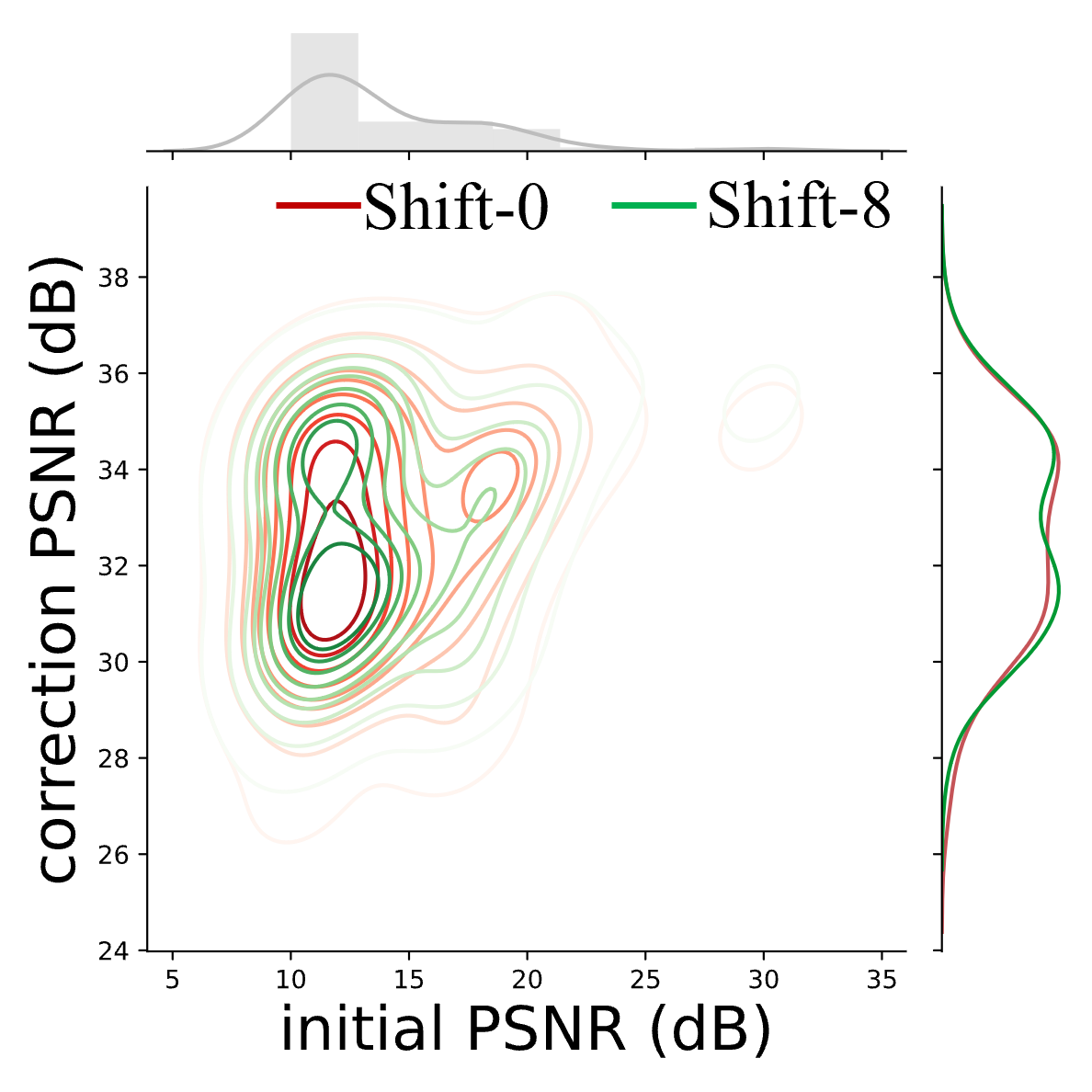
Method Overview
The overall architecture contains two stages: motion interpretation and blur decomposition. Blur decomposition is implemented through a GenNet. Motion interpretation takes as input a blur image and an RS image along with its temporal positional encoding. It consists of three blocks and one of them is unfolded in (b). (c) presents specific details of shutter alignment and aggregation (SAA). Feature extracted by encoder block (EB) will be converted using spatial transformer network (STN), and then enhanced through a Conv. block to accurately predict displacement field between shutters.




